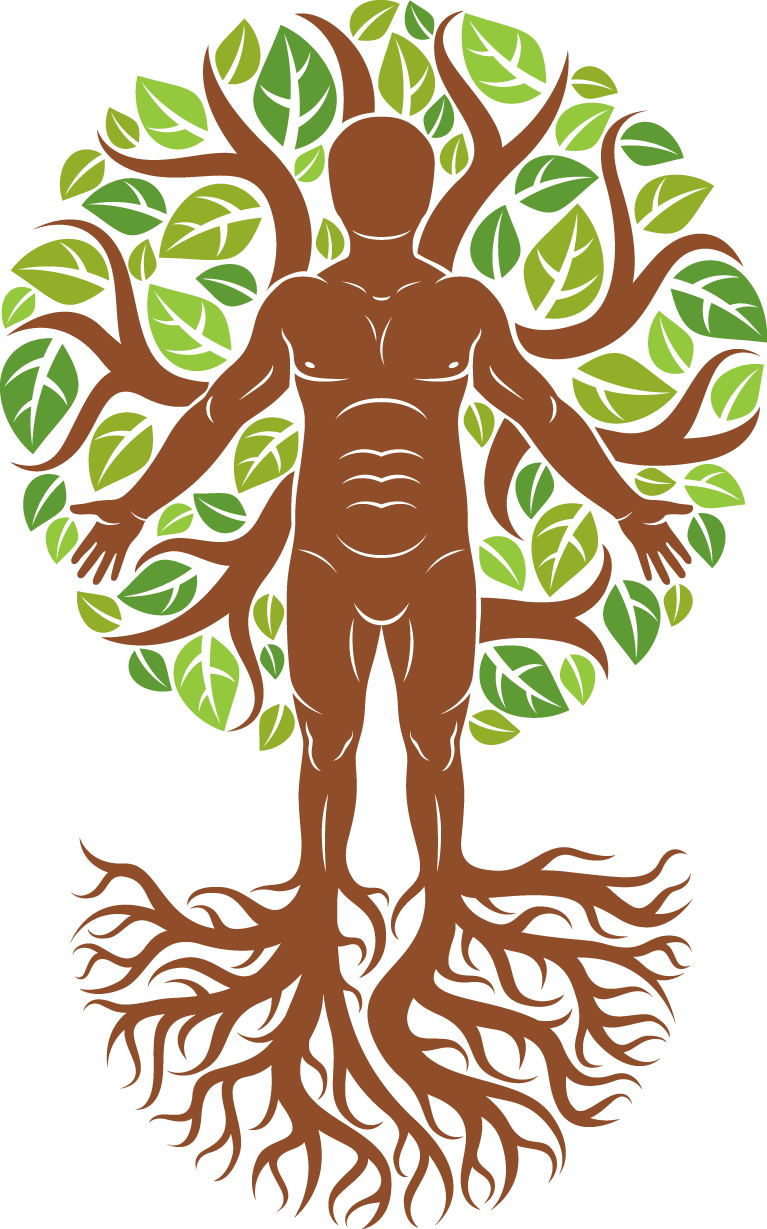
CONNECTING WITH ECOLOGICAL INTELLIGENCE
Coming Back to Presence with the Living Earth
Ecological Intelligence
Thinking and working with plants and ecological intelligence to transform our understanding of human-nonhuman relationship as we remember our essential bond with the Living Earth.
In addition to the above you will find a bit of information about wildcrafting, medicine making, and working with medicinal plants.
Connecting with Ecological Intelligence
Whether we realize it or not who we are and the ways we act in the world are influenced by the many connections and relationships we share with the world around us. This includes all parts of the various ecosystems we inhabit: social, political, economic, epistemological, and even the technological ecosystems within which so many of us spend so much of our time these days interacting with the digital entities that populate them.
Intimate Ecological Engagement (Part 2)
When we operate from a true place of integrity, which fundamentally requires an awareness of our myriad connections within the web of life, we act not only in our own self interest but for the good of the greater whole, and as we recognize the agency and subjective experience of the nonhuman persons with whom we are inextricably bound on all levels of our beings (theirs and ours) a subtle but growing sense of our collective agency arises in the face of the unfathomable. The question is: Will our human attempts to ignore these visceral experiences outlast the increasingly insistent impulse to wake up and reorient?
Intimate Ecological Engagement (Part 1)
How do we make the necessary personal, cultural, and political changes that will guide and inform the transition from a human-centered way of being to an earth-centered orientation that respects the rights of all forms of life to freely exist and to thrive? If, as is becoming increasingly clear, the health and viability of our species, individually and collectively, is inextricably intertwined with that of every member and component of the Earth community, is it possible for humans to maintain our present orientation to the world?
We Welcome You to this Life
We have gathered together here today to welcome a new being to this Earth. To share in this joyous celebration of life we call the ancestors of our family—all of those people who have worked so hard to stay alive and who amidst all the pain and suffering of this world found a way to bring forth, with care and tenderness, the children that were our great, great, and great grandparents and their progenitors.
We are the People of the Alder
I recently gave a talk at the 9th Annual Portland Plant Medicine Gathering Nov. 12 2017 entitled We are the People of the Alder: Restoring Ancestral Roots in a Clear-cut Culture.
Yerba Santa the Holy Herb
Woody lower branches with shredding bark stand erect. Sticky, yellow-green new-growth stems produce lance-shaped, 2- to 6-inch-long, usually hairless leaves. These toothed or smooth-edged leaves are dark green, sticky, and glossy above with hairs between the veins that form a net-like pattern on their lighter-colored undersides. Flowering stalks, lined with 1/3- to 2/3-inch-long tubular flowers that vary in color from white to pink to purple, unfurl like a scorpion’s tail from late spring to early summer.
Wildcrafting Basics: Ethical Wildcrafting
Imagine you are out in the field sitting in a stand of wild plants. You have positively identified the plant and are sure that it is not endangered or toxic. To determine whether it is sustainable and ethical to harvest this plant, clear your mind and ground yourself. Tune in to your surroundings. Open your heart and use all of your senses. Very carefully observe the area around you with an unattached mind and ask yourself these questions.
Wildcrafting Basics: Permission and Offerings
Once while on a search for cascara sagrada, I found a tree with many inward growing branches that was perfect for harvesting. I asked permission and the tree said “no.” I was baffled, but as I continued up the trail just a bit, I found a tree with a large broken branch that was still full of life and ripe for harvest.
Wildcrafting Basics: Endangered, Threatened, and Sensitive Species
The history of the expansion of human communities across the globe is filled with stories of plants that we can no longer harvest from the wild in good conscience. As the final frontier of American migration, the western part of North America has fewer chapters to contribute to this sad tale, but we still need to be acutely aware of plants that grow very slowly, plants whose habitat is diminished by human development, or plants whose popularity is leading to more being harvested than the land can support.
Wildcrafting Basics: Toxic Plants
Learning to correctly identify toxic plants can save you and others from serious harm. I don’t want to instill fear of the wild in you, but there are some toxic plants in this region that can be confused with commonly used medicinal plants. Here is an overview of the toxic plants you may encounter in the Pacific Northwest.










